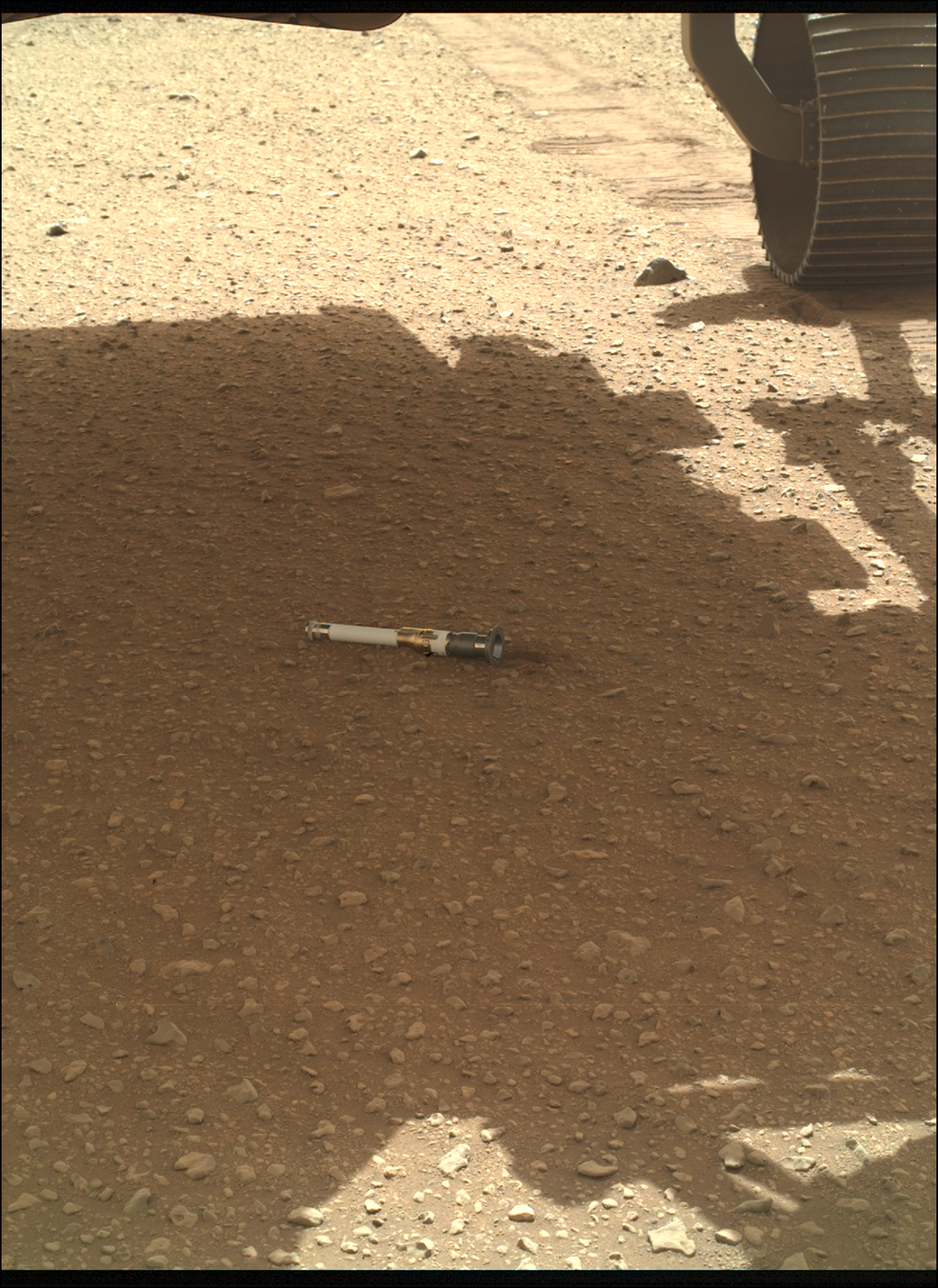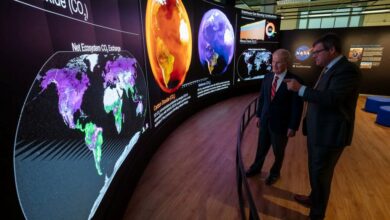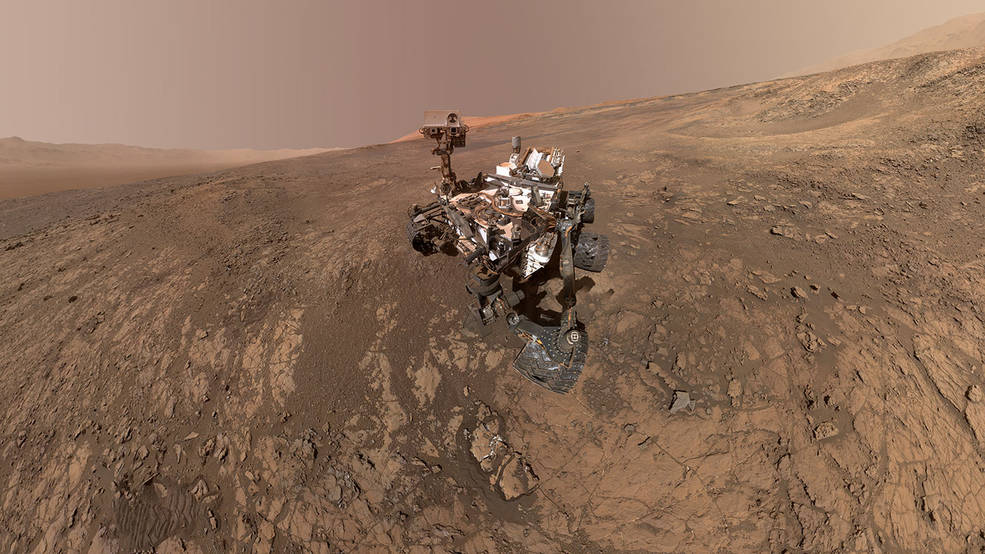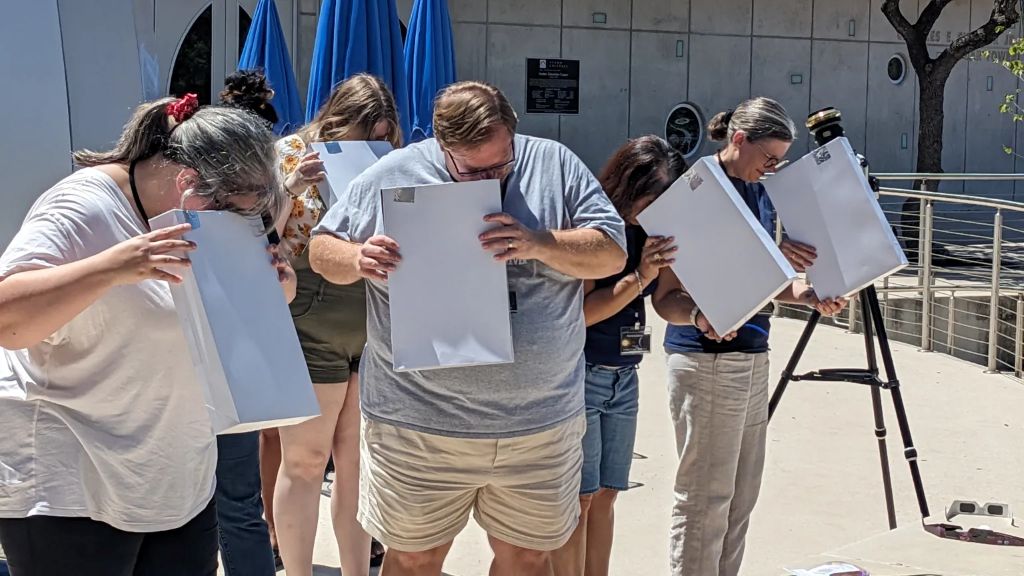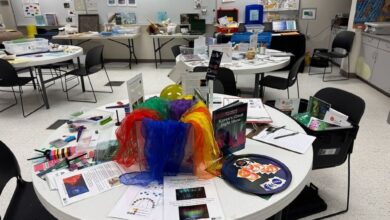NASA’s LRO Images Intuitive Machine’s Odysseus Lander

On Feb. 22, Intuitive Machines’ Nova-C lander, called Odysseus, completed a seven-day journey to lunar orbit and softly landed near crater Malapert A in the South Pole region of the Moon at 6:24 p.m. EST. On Feb. 24, NASA’s Lunar Reconnaissance Orbiter (LRO) spacecraft passed over the landing site at an altitude of about 56 miles (90 km) and photographed Odysseus.
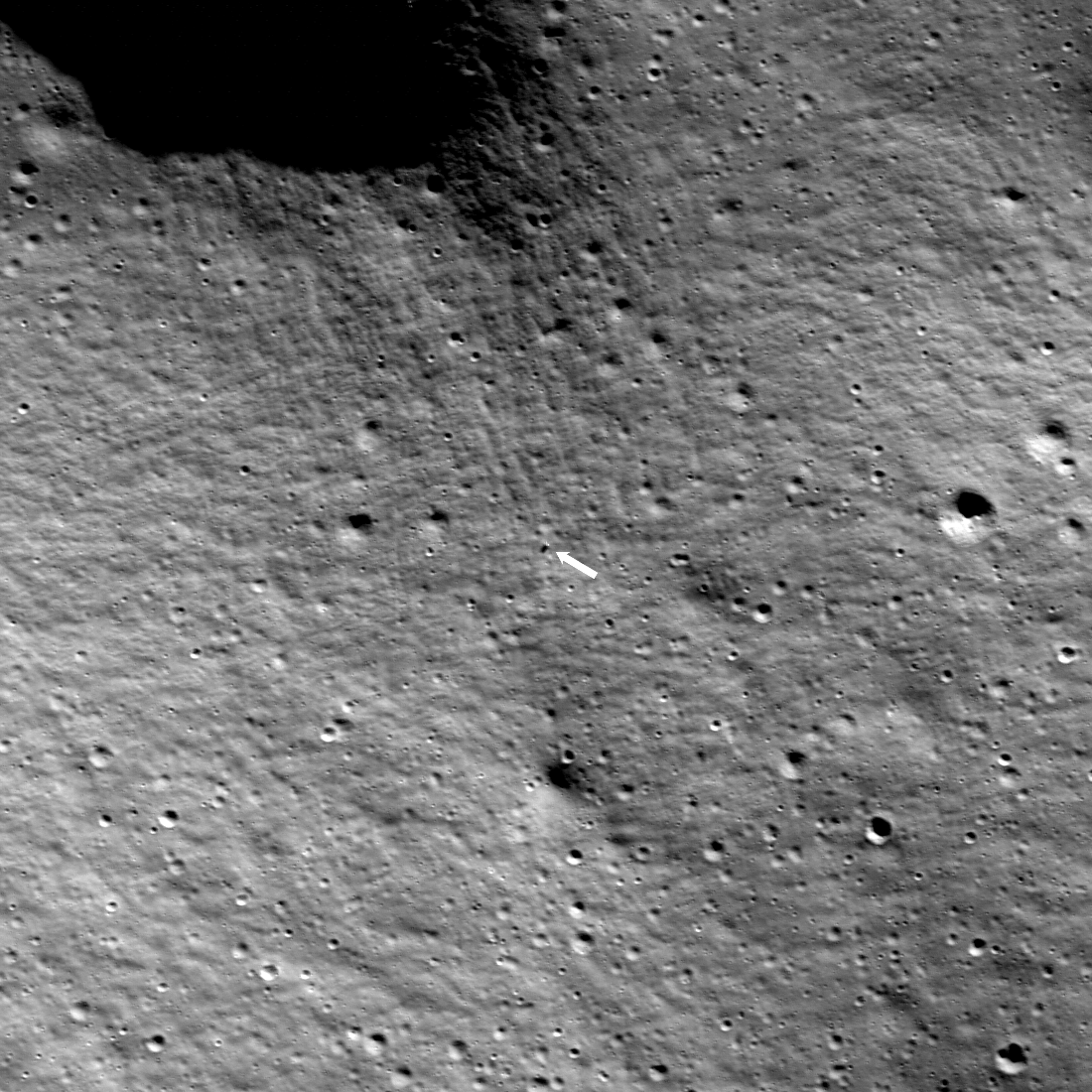
NASA’s Lunar Reconnaissance Orbiter captured this image of the Intuitive Machines’ Nova-C lander, called Odysseus, on the Moon’s surface on Feb. 24, 2024, at 1:57 p.m. EST). Odysseus landed at 80.13 degrees south latitude, 1.44 degrees east longitude, at an elevation of 8,461 feet (2,579 meters). The image is 3,192 feet (973 meters) wide, and lunar north is up. (LROC NAC frame M1463440322L)
NASA/Goddard/Arizona State University
Odysseus came to rest at 80.13 degrees south latitude, 1.44 degrees east longitude, 8,461 feet (2,579 meters) elevation, within a degraded one-kilometer diameter crater where the local terrain is sloped at 12 degrees.
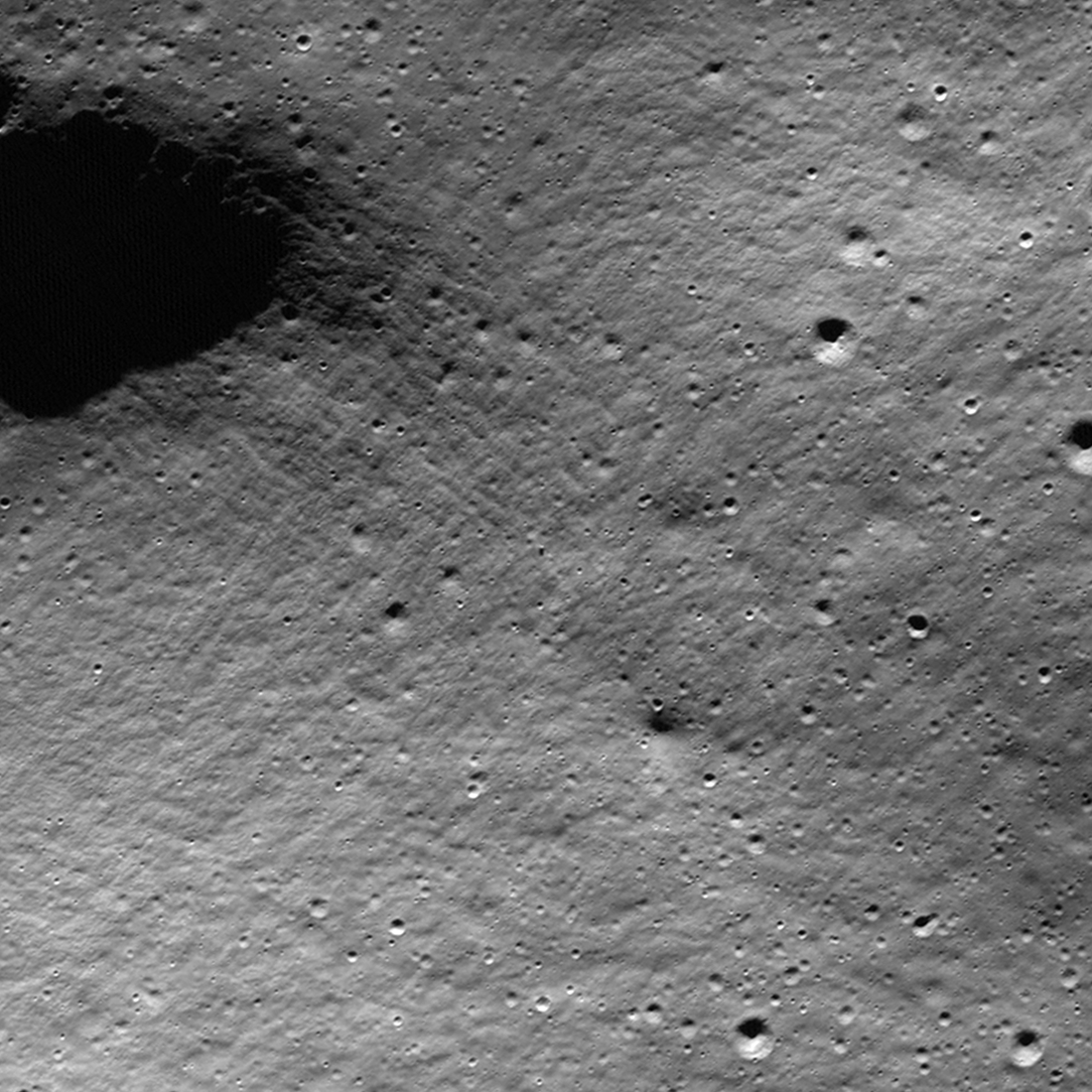
This image pair shows LRO views of the area surrounding the Odysseus site before (frame M172936310) and after (frame M1463440322L) its landing.
NASA/Goddard/Arizona State University
Odysseus marks the first successful soft landing of NASA’s CLPS (Commercial Lunar Payload Services) initiative and the first time that new NASA science instruments and technology demonstrations are operating on the Moon in more than 50 years.

This image is the same as the one above, but without the arrow. NASA’s Lunar Reconnaissance Orbiter captured this image of the Intuitive Machines’ Nova-C lander, called Odysseus, on the Moon’s surface on Feb. 24, 2024, at 12:57 pm CST). The image is 3,192 feet (973 meters) wide, and lunar north is up. (LROC NAC frame M1463440322L)
NASA/Goddard/Arizona State University
LRO is managed by NASA’s Goddard Space Flight Center in Greenbelt, Maryland, for the agency’s Science Mission Directorate at NASA Headquarters in Washington. Launched on June 18, 2009, LRO has collected a treasure trove of data with its seven powerful instruments, making an invaluable contribution to our knowledge about the Moon. Arizona State University manages and operates the Lunar Reconnaissance Orbiter Camera, LROC.
More on this story from Arizona State University’s LRO Camera website

